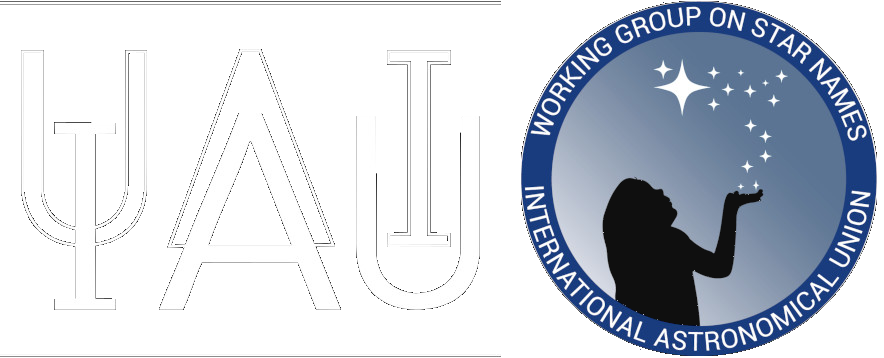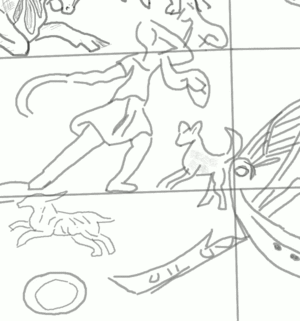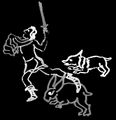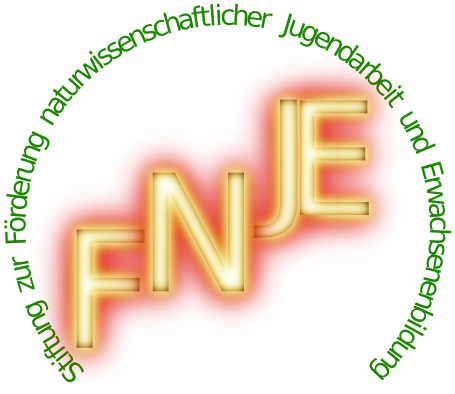Canis Major
One of the 88 IAU constellations. This is the (one and only) constellation of the Dog in ancient Greek astronomy.
Etymology and History
In Hellenistic times, Greek astronomy had only one constellation, the Dog, so there was no need to distinguish between a large and a small dog. According to Eratosthenes, this dog had the bright star Sirius on its tongue. Ptolemy in Roman times placed it on the dog's snout.
What is interesting about Sirius, however, is that today we use the Greek proper name from Hellenistic times. Ptolemy in Roman times called the brightest star of the constellation ‘the Dog’.
Origin of Constellation
Babylonian
Greco-Roman
Aratos
[326] Such is also his guardian Dog, seen standing on its two legs below the soaring back of Orion, variegated, not bright overall, but dark in the region of the belly as it moves round; but the tip of its [330] jaw is inset with a formidable star, that blazes most intensely: and so men call it the Scorcher. When Sirius rises with the sun, trees can no longer outwit it by feebly putting forth leaves. For with its keen shafts it easily pierces their ranks, [335] and strengthens some, but destroys all the growth of others. We also hear of it at its setting. The other stars lying round about Sirius define the legs more faintly. (Kidd 1997)
Eratosthenes
Hipparchus
Hyginus, Astronomica
He is said to have been given by Jove as a guardian for Europa, and later to have come to Minos. When Minos was ill, Procris, wife of Cephalus, is said to have cured him, and received the dog as a reward for her services, as she was very fond of hunting and the dog was so swift that no beast could escape. After her death the dog came to Cephalus her husband, who brought it to Thebes with him when he came. There was a fox there which was said to be so swift that it could outrun all dogs. So when the two animals met, Jupiter, in a dilemma, as Istros says, changed them both to stone.
Some have said that this is the dog of Orion, and because Orion was devoted to hunting, the dog was put with him among the stars. Others have called it the dog of Icarus. These many suggestions have their own advocates.
The Dog has one star on his tongue which itself is called Dog, and on its head another which Isis is thought to have put there under her own name, and to have called it Sirius on account of the brilliance of the flame because it seems to shine more than the rest. So, in order for men to recognize it more easily, she called it Sirius. (Mary Ward 1960)
Almagest Κύων
| id | Greek (Heiberg 1898) | English (Toomer 1984) | ident. |
|---|---|---|---|
| Κυνὸς ἀστερισμός | Constellation of the Dog | ||
| 1 | ἐν τῷ στόματι λαμπρότατος καλούμενος Κύωυ καὶ ὑπόκιρρος. | The star in the mouth, the brightest, which is called 'the Dog' and is reddish | alf CMa |
| 2 | ὁ ἐπὶ τῶν ὡτοη. | The star on the ears | tet CMa |
| 3 | ὁ ἐπὶ τῆς κεφαλῆ | The star on the head | gam CMa |
| 4 | τῶν ἐκ τῷ τραχήλῳ β ὁ βόρειος | The northernrriost of the 2 stars in the neck | iot CMa |
| 5 | ὁ φόσιος αὐτῶν | The southernmost of them | pi CMa |
| 6 | ὁ ἐπὶ τοῦ στήθους. | The star on the chest | nu3 CMa |
| 7 | τῶν ἐπὶ τοῦ δεξιοῦ γόνατος β ὁ βόρειος. | The northernmost of the 2 stars on the right knee | nu2 CMa |
| 8 | ὁ νοτιώτερος αὐτῶν. | The southernmost of them | bet CMa |
| 9 | ὁ ἐπ’ ἄκρῳ τῷ ἐμπροσθίῳ ποδί | The star on the end of the front leg | xi1 CMa |
| 10 | τῶν ἐν τῷ ἀριστερῷ γόνατι β ὁ προηγούμευος. | The more advanced of the 2 stars in the left knee | xi2 CMa |
| 11 | ὁ ὁ ἐπόμενος αὐτῶν | The rearmost of them | omi2 CMa |
| 12 | τῶν ἐν τῷ ἀριστερῷ ὤμῳ β’ ὁ ἑπόμενος; | The rearmost of the 2 stars in the left shoulder | omi1 CMa |
| 13 | ὁ προηγούμενος αὐτῶν | The more advanced of them | del CMa |
| 14 | ὁ ἐν τῇ ἐκφύσει τοῦ ἀριστεροῦ μηροῦ. | The star in the place where the 1eft thigh joins [the body) | del CMa |
| 15 | ὁ ὑπὸ τὴν κοιλίαν ἐν τοῦς μεσομήροις | The star below the belly, in the middle of the thighs | eps CMa |
| 16 | ὁ ἐπὶ τῆς ἀγκύλης τοῦ δεξιοῦ ποδός | The star on the joint of the right leg | kap CMa |
| 17 | ὁ ἐπ’ ἄκρου τοῦ δεξιοῦ ποδός. | The star on the end of the right leg | zet CMa |
| 18 | ὁ ἐπὶ τῆς οὐρᾶς | The star on the tail | eta CMa |
| ἀστέρες τῆ, ὥν αἱ μεγέθους ἂ, γ’ ἓ, δ’ ἓ, ε’ ξ. | {18 stars, 1 of the first magnitude, 5 of the third, 5 ofthe fourth, 7 of the fifth} | ||
| Οἱ περὶ τὸν Κύνα ἀμόρφωτοι. | |||
| 19 | ὁ ἀπ’ ἄρκτου τῆς κορυφῆς τοῦ Κυνός. | The star to the north of the top of The Dog | 22 Mon |
| 20 | τῶν ὑπὸ τοὺς ὀπισθίους πόδας ὡς ἐπ’ εὐθείας ὁ ὁ νοτιώτατος. | The southernmost ofthe 4 stars almost on a straight line under the hind legs | θ Col |
| 21 | ὁ τούτου βορειότερος. | The one north of this | κ Col |
| 22 | ὁ ἔτι τούτου βορειότερος. | The one north again of this | δ Col |
| 23 | ὁ λοιπὸς καὶ βορειότερος τῶν δ | The last and northernmost of the 4 | λ CMa |
| 24 | τῶν πρὸς δυσμὰς τοῦς τέσσαρσιη ὡς ἐπ’ εὐθείας γ ὁ προἠγούμενος | The most advanced ofthe 3 stars almost on a straightline to the west of the [ above] four | μ Col |
| 25 | ὁ μέσος αὐτῶν | The middle one | λ Col |
| 26 | ὁ ἑπόμευος τῶν τριῶν. | The rearmost of the three | γ Col |
| 27 | τῶν ὑπὸ τούτους β λαμπρῶν ὁ ἐπόμευος. | The rearmost of thc 2 bright stars under these | β Col |
| 28 | ὁ προηγούμενος αὐτῶν. | The more advanccd of them | α Col |
| 29 | ὁ λοιπὸς καὶ νοτιώτερος τῶν προειρημένων. | The last star, to the south of the abovc | ε Col |
| all | ἀστέρες ἱα, ὥν β’ μεγέθους β, δ’ 9. | {11 stars, 2 of the second magnitude, 9 of the fourth) |















